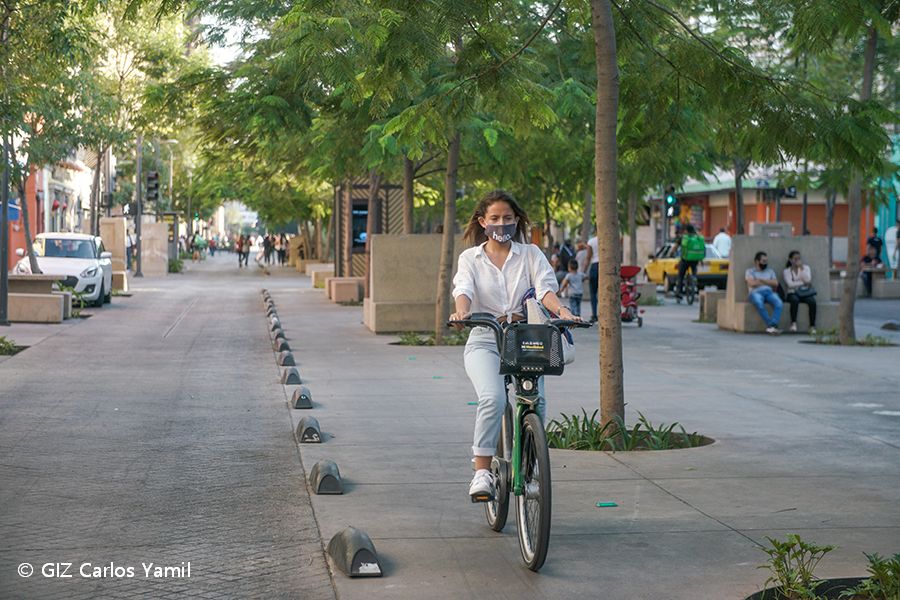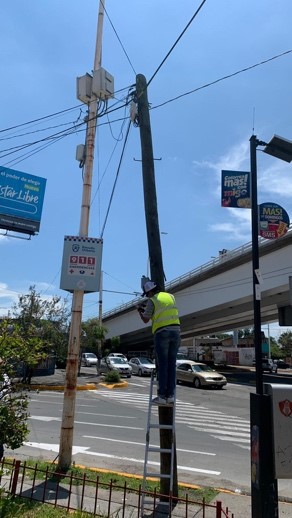
This article is part of our #StoriesofChange where we profile the work of our partner countries in developing climate actions in transport. Read more #StoriesOfChange and follow the Hashtag on Twitter.
Due to the need to mobilize daily from peripheral municipalities to central municipalities, the majority of the population of the Guadalajara Metropolitan Area (GMA) faces high transportation costs, long travel times and a strong dependence on private vehicles.
About 5.2 million inhabitants live in the third largest metropolis in Mexico, distributed in 9 municipalities. Despite being an area of important economic, political and social activities in the region, most of these are concentrated in the central part, which leads to complex metropolitan dynamics.

To solve these challenges, the Metropolitan Planning Institute (IMEPLAN, for its acronym in Spanish) initiated the Cyclist Mobility Study, an instrument that will help identify mobility patterns of citizens and profiles that have a low presence in the use of bicycles. Such as women and girls, who face cost, accessibility and safety barriers to travel.
The activity is carried out with the support of GIZ through the EUROCLIMA+ programme, as part of the studies that will serve as input in updating the Integral Sustainable Urban Mobility Plan (SUMP) of the Guadalajara Metropolitan Area.
We recognize the importance of having transparent data and information that allow IMEPLAN to coordinate actions in the metropolitan area that allow improving the sustainability of mobility systems and prioritizing the promotion of alternative modes of transport, such as walking and cycling.
We are also aware of the broad benefits of cycling, both on a personal and community level. That’s why one of the objectives of SUMP is to promote active mobility initiatives that allow increasing the number of bicycle trips in the modal split.
© ITPD/GIZ Installation of cameras to count cyclists
What impacts will it have?
The Cyclist Mobility Study will serve to outline a line of projects for the promotion and use of bicycles, which will allow the structuring and design of more and better bicycle lanes, as well as having a non-polluting and interconnected transport with other modes of transport, such as public transport.
Likewise, the promotion of more bicycle trips will offer the 5.2 million inhabitants of the GMA safer spaces, cleaner air, improve quality of life and reduce their travel costs.
Furthermore, by integrating the gender perspective, this instrument provides information to understand the particular characteristics and needs of women and their travels, which are not always taken into account in mobility planning. This is useful in cycling mobility, where there is a gap between men and women.
What does the Cyclist Mobility Study include?
The study’s activities began in early May 2021 and are expected to be completed in mid-November. They consist of four components:

If you believe that you suffer (potential) negative social and/or environmental consequences from IKI projects, or wish to report the improper use of funds, to voice complaints and seek redress, you can do so using the IKI Independent Complaint Mechanism.
You are currently viewing a placeholder content from X. To access the actual content, click the button below. Please note that doing so will share data with third-party providers.
More Information